There are a lot of factors that go into becoming a top-tier supplement brand, and the number of brands that we would consider to be truly elite is quite small. In order to set themselves apart, elite brands need to have everything dialed in – flavors, ingredients, formulas, marketing, label art, and much more.
One such brand is none other than RAW Nutrition. Chris Bumstead's supplement giant has risen to incredible heights in the last few years because it continually hits each of these factors right on the head.
Their newest product is no exception.
RAW Mass Gainer
Mass gainers are for those that are struggling to pack down enough calories to maximize their gains. Mass gainers are loaded with calories, typically derived primarily from carbohydrates.
The critical component for making a good mass gainer is all in the quality of the calories. Sure, you may be able to pack down 1000 calories in a sitting, but it can often do more harm (to your waistline and beyond) than good, unless those calories come from nutritious sources.
RAW's Mass Gainer was made with this concept in mind – its carbs comes from sources like maltodextrin, Carb10, sweet potato, oat flour, and quinoa. It also doesn't neglect the protein, with over 50 grams of protein packed into each serving.
In addition, there's 2.5 grams of creatine, which we'll never say no to - especially on a bulk!
We're going to dive into how RAW Mass Gainer works, but first, let's check PricePlow for good RAW deals, and check out our video review of the product:
RAW Nutrition CBUM Mass Gainer – Deals and Price Drop Alerts
Get Price Alerts
No spam, no scams.
Disclosure: PricePlow relies on pricing from stores with which we have a business relationship. We work hard to keep pricing current, but you may find a better offer.
Posts are sponsored in part by the retailers and/or brands listed on this page.
RAW Mass Gainer – Nutrition Facts
Each 4 scoop (275g) serving of RAW's Mass Gainer contains the following macro breakdown:
-
Calories: 1070
-
Protein: 53g
-
Total Carbs: 196g
-
Dietary Fiber: 0g
-
Total Sugars: 16g
-
Added Sugars: 0g
-
-
-
Total Fat: 6g
-
Saturated Fat: 2g
-
RAW Mass Gainer – How It Works
-
Carbohydrate Blend (196g)
The core issue with most mass gainer formulas is the inclusion of filler, and oftentimes outright nutritionally offensive, ingredients as a part of their carbohydrate blends. Most companies emphasize calories, without paying much attention to the quality of those calories.
As RAW tends to do, quality takes precedence. Using a blend of maltodextrin, Carb10, sweet potato starch, oat flour, and quinoa powder, the carb blend in RAW's Mass Gainer is anything but "empty". Because the majority of these sources are more complex, you receive a slower, steadier release of carbs into the bloodstream, which decreases the acute insulin spike associated with simpler sugars.[1]
Of particular note is Carb10, a low glycemic index carb source. This starch is derived from peas, and is simultaneously low glycemic and fast absorbing, allowing you fill up your muscular glycogen stores without worrying about excessively spiking your insulin. We want some insulin for muscle growth, but prolonged high insulin can shut down fat oxidation,[1,2] as well as contribute to deleterious downstream effects.[3]
All told, each 4-scoop serving of RAW's Mass Gainer contains a whopping 196g dose of carbs.
-
Dairy Protein Blend (53g)
While carbs are the easiest way to pack in the calories, RAW doesn't neglect protein in their Mass Gainer. With 53g of protein per serving, you get a fairly reasonable dose of protein along with your carbs.
The protein blend in Mass Gainer is made with three sources, all derived from dairy – one of the most complete protein sources on the planet. Making up the greatest share of the protein blend is whey protein concentrate, which is anywhere from 35-80% protein by weight. Whey protein isolate makes up the next largest portion, which whey isolate clocking in at greater than 90% protein by weight, making it as close to the purest complete protein available on the market today. Whey contains large amounts of the essential amino acids, which the body can't manufacture on its own and requires from the diet.[4] It has been shown to increase both strength and muscle gains.[4-6]
Lastly, we have micellar casein, which is the other protein fraction of milk that is divided off during the production of whey.[7] Because Mass Gainer includes both whey and casein, it is as close to the natural protein composition of milk as possible. Research has indicated that the consumption of both whey and casein yielded better muscle building results than through the supplementation of either on their own.[8]
-
Glutamine (2500mg)
We also talk about glutamine in our article on the Ultimate Gut Health Supplement Stack by Revive MD
RAW has opted to include an extra 2.5g dose of glutamine, which is a conditionally essential amino acid that's involved in multiple processes in the body – immune system health, the gastrointestinal system, and muscle protein synthesis.[9]
Research indicates that glutamine deficiency can be induced during periods of metabolic stress, such as injury or even intense exercise. The body's stores of glutamine need to be replenished in order to maximize recovery.[10]
As far as gut health is concerned glutamine is an energy source for enterocytes and epithelial cells within the intestines, and helps maintain gut barrier function.[11]
-
Creatine (2500mg)
For decades, creatine has been a mainstay in the supplement industry due to the immense body of research supporting its use. As a phosphate donor, creatine delivers phosphate groups to the mitochondria, which add those phosphate groups to adenosine diphosphate (ADP) molecules, converting ADP to adenosine triphosphate (ATP) – which we refer to as the cellular energy currency of the body.[12-15] Its list of benefits is enormous, but here's a taste:
It's been a big day for CBum and Raw! See the CBum Essential Pre-Workout
- Power output[16,17]
- Lean mass gain[17-21]
- Sprinting speed[22-24]
- Cellular hydration[25]
- Fatigue reduction[26-29]
- Mood[29-31]
- Testosterone production[32-36]
The 2.5 gram dose is what will cover most men's loss (and then some -- we excrete about 2g creatine per day). Depending on how much meat you eat, you may want to add anywhere from 1-3 more grams... some will go even higher!
-
MCT Powder
While Mass Gainer only has 6 grams of fats, RAW made a point to include medium-chain triglycerides (MCTs), one of the most beneficial sources of dietary fat in the world. MCTs composed of fatty acids 6 to 12 carbon atoms long.[37-40] When metabolized, the liver converts them directly into ketones,[41] which allows you to enjoy the benefits of ketosis without being in ketosis.
As a clean-burning energy source, MCTs can help speed metabolism and improve cognition.[37-40]
-
The rest
For flavor and texture, RAW has included ingredients like sugar, cocoa, dry milk, sucralose, acesulfame-K, and others, depending on the flavor.
All RAW Mass Gainer flavors
Currently, Mass Gainer is available in Chocolate, Vanilla, and Cookies & Cream. Check out our up-to-date list of flavors below:
Put on the BULK
It was only a matter of time until RAW came out with a mass gainer powder. The beauty of standard protein powder like Itholate is that they're typically almost pure protein – meaning they are endlessly adaptable to most diets and fitness goals.
However, when you're really trying to pack on size, you need calories. A lot of them. Mass gainer serve this purpose by being loaded with carbohydrates. The issue with most mass gainers is that these carbs from sources that could be considered "dirty", putting you at more risk of unwanted fat gain, as well as carrying more downstream drawbacks.
The carb sources in RAW's Mass Gainer are clearly well chosen, and provide a fairly healthy way to boost your daily caloric intake with minimal effort.
RAW Nutrition CBUM Mass Gainer – Deals and Price Drop Alerts
Get Price Alerts
No spam, no scams.
Disclosure: PricePlow relies on pricing from stores with which we have a business relationship. We work hard to keep pricing current, but you may find a better offer.
Posts are sponsored in part by the retailers and/or brands listed on this page.
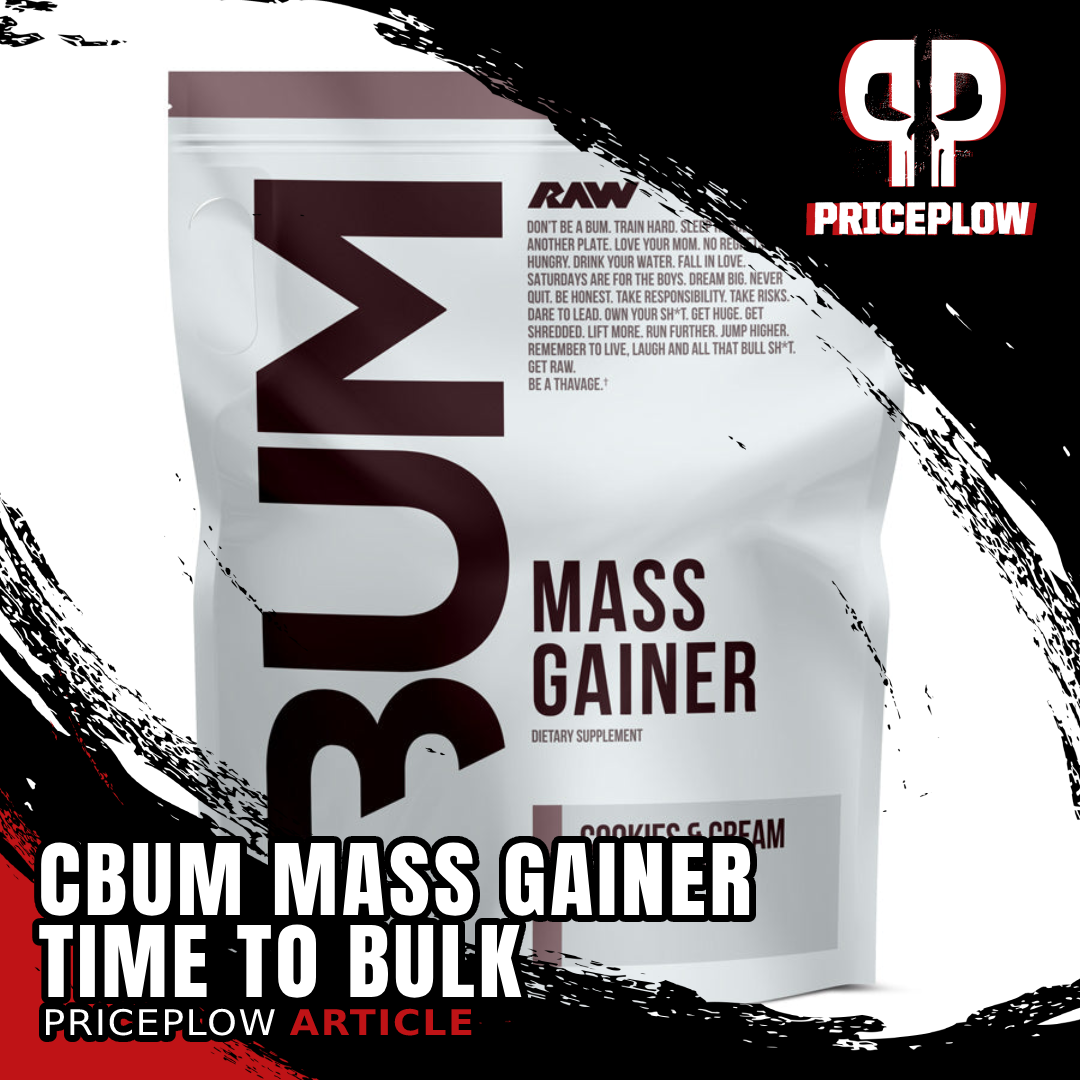
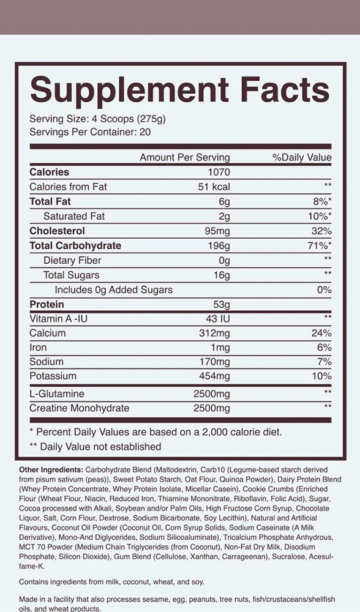
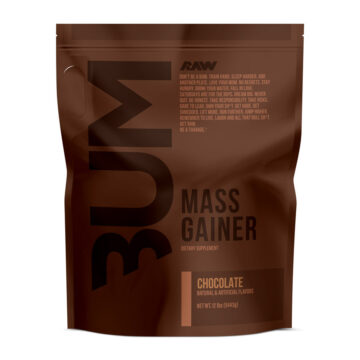

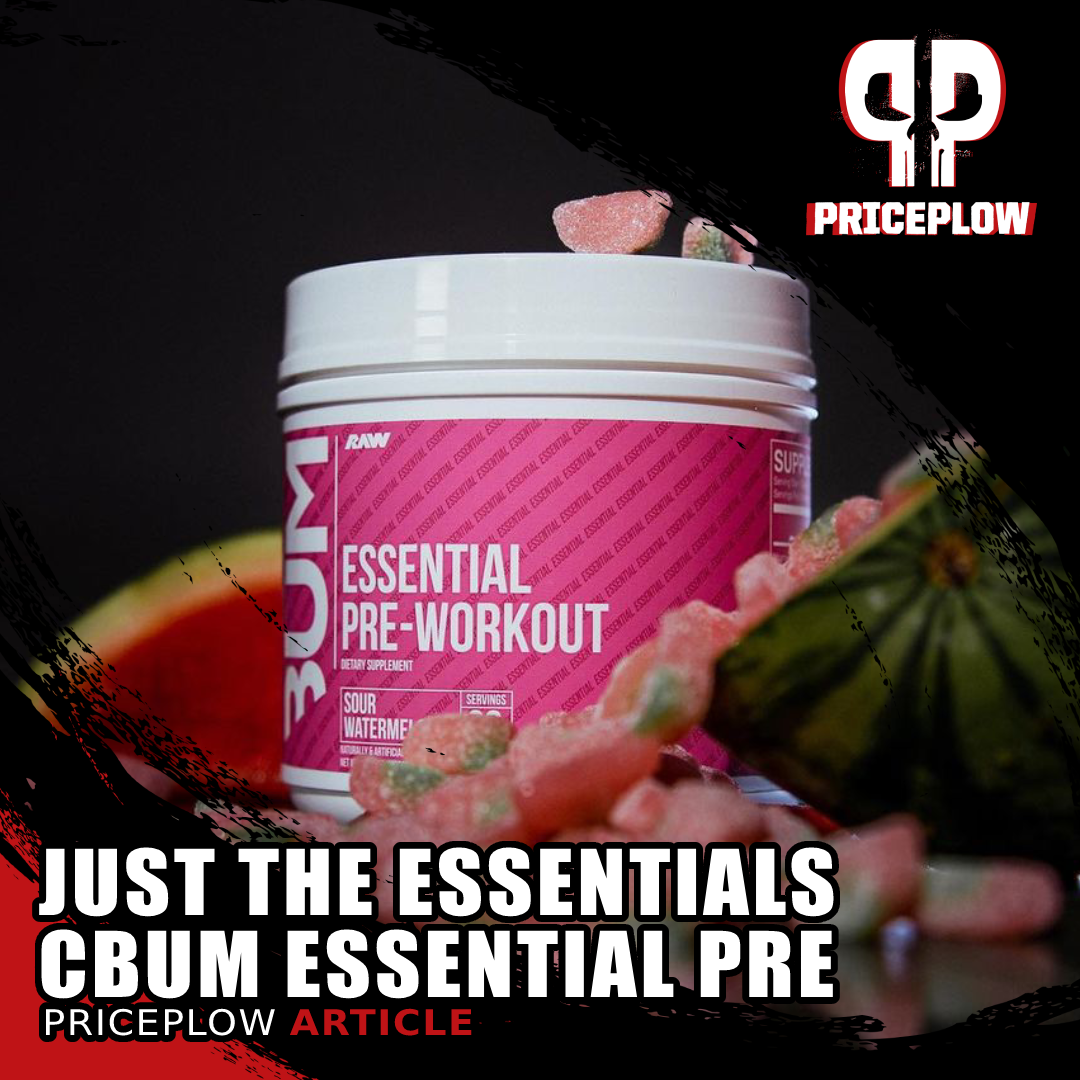
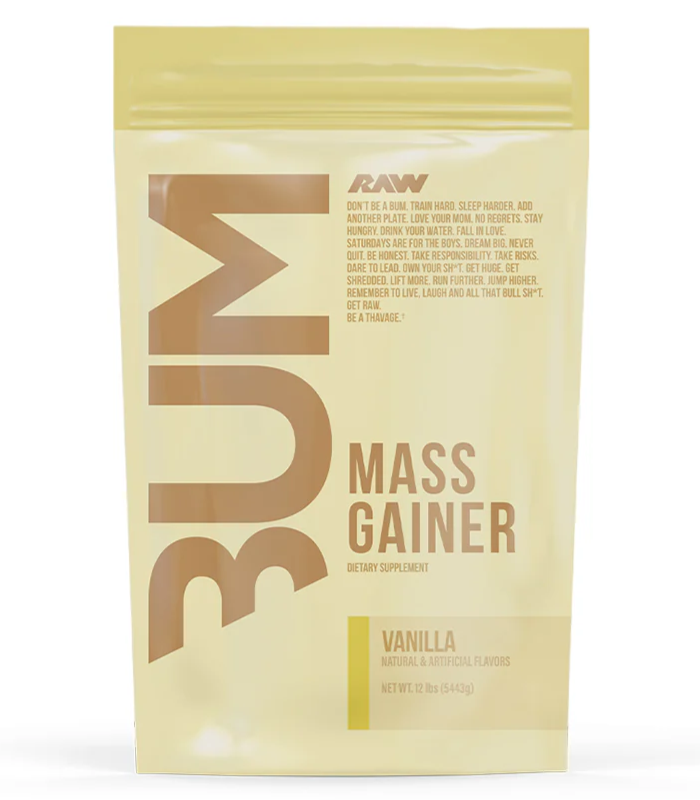


Comments and Discussion (Powered by the PricePlow Forum)